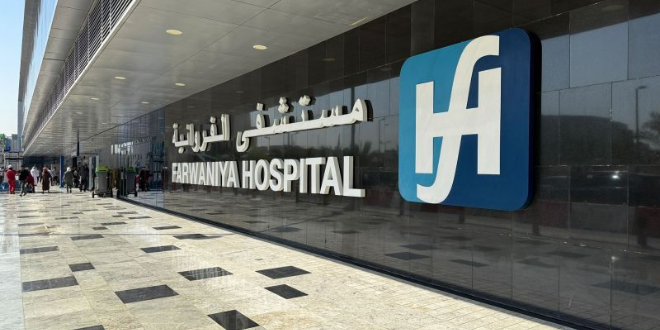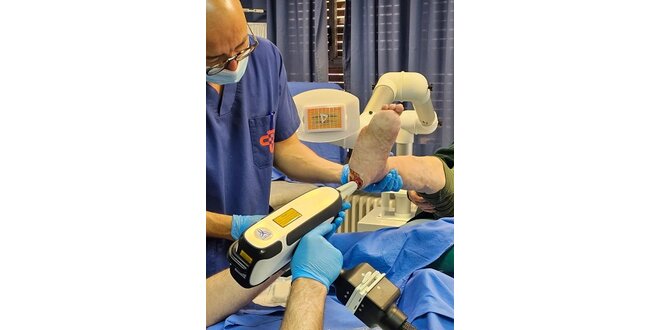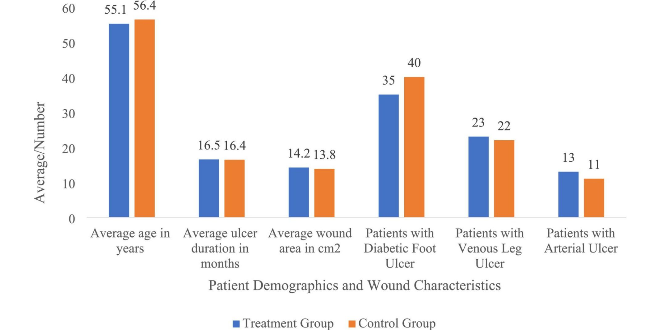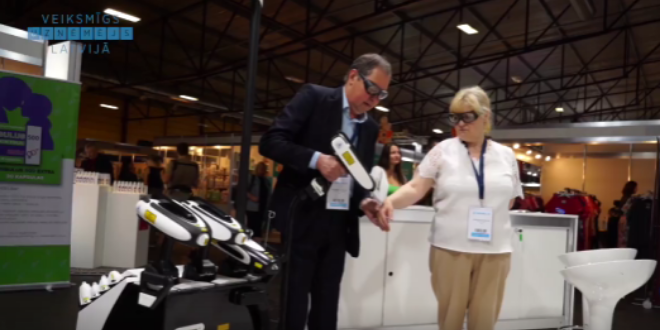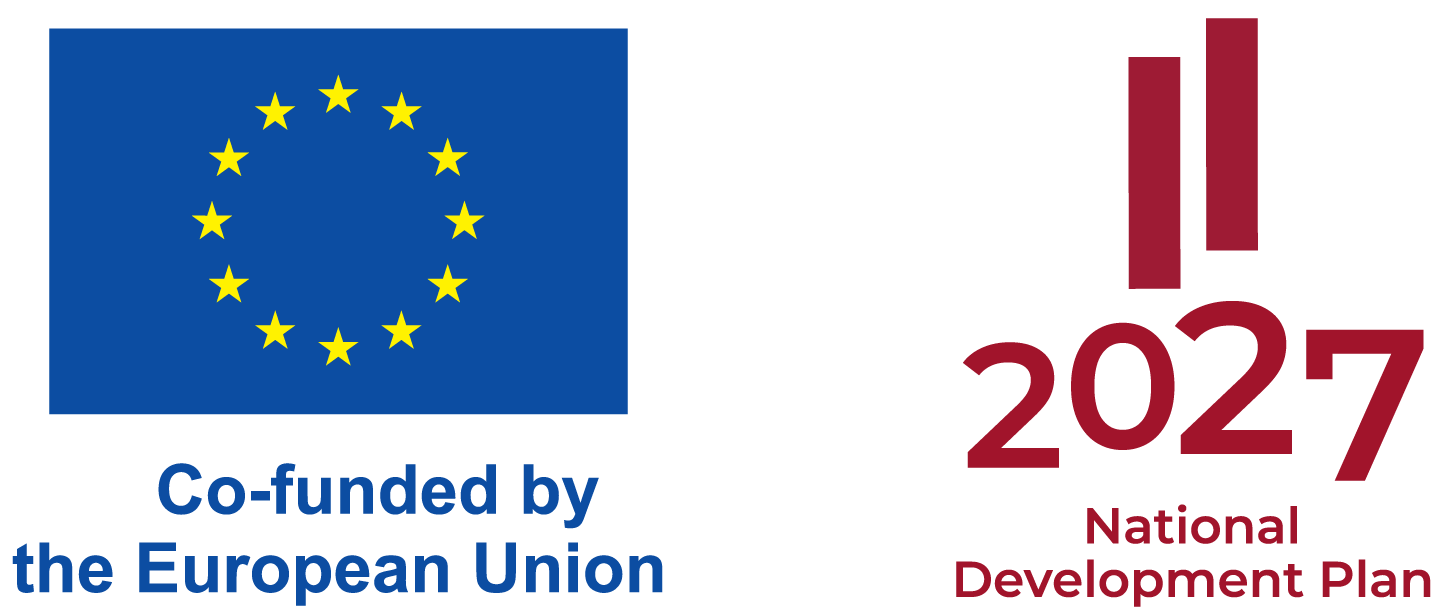LINLINE 3-Wave Laser Scalpel
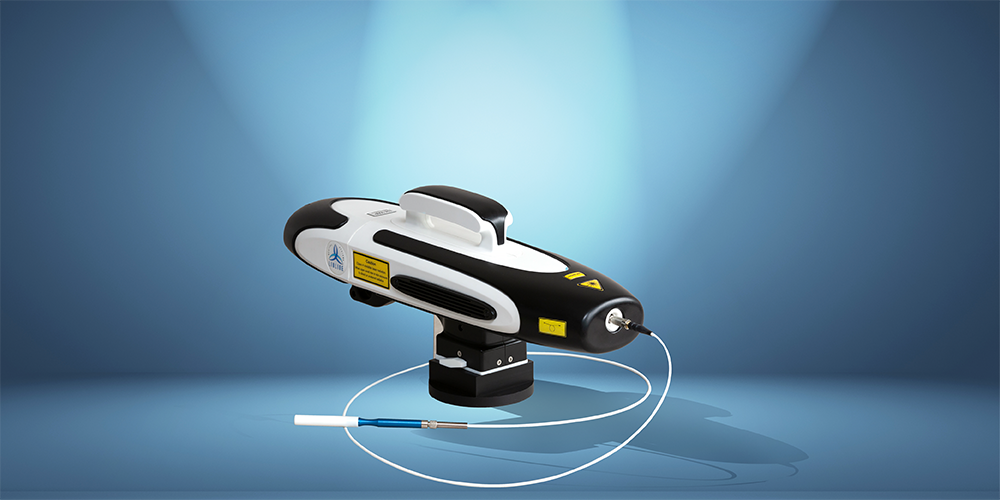
Precision cutting + reliable hemostasis with tunable near-infrared energy
The LINLINE 3-wave laser scalpel is a long-pulse, contact surgical tool built on the MULTILINE™ platform. It combines three Nd:YAP wavelengths (1079/1340/1440 nm) in one emitter to let the surgeon balance cutting speed, coagulation depth, and penetration for different soft-tissue scenarios. Technical specs include 0.2–1 ms pulse duration, up to 100 Hz repetition, and a ~500 µm spot for microsurgical precision.
How the 3-wave contact scalpel works
Unlike “contactless” beams, a contact laser scalpel delivers energy through the fiber/tip directly on tissue. At the point of contact, a thin carbonized film (“soot”) forms and becomes a powerful local absorber, so energy concentrates exactly where the tip touches. This enables rapid vaporization in the cut line with a smaller surrounding coagulation zone than comparable non-contact settings.
By adjusting pulse energy, frequency, and pulse width, the surgeon can steer the shape/size of the coagulation zone—from surface hemostasis to a deeper cone of coagulation—while maintaining a narrow kerf for clean dissections. Specialized sapphire tips with lateral emission further help when lateral tissue removal with minimal axial heating is desired.
Why three wavelengths?
Soft tissues differ in vascularity, hydration, and thickness. Having 1079/1340/1440 nm on one handpiece lets you tune tissue interaction—deeper reach vs. more water-biased coupling—without changing systems. In practice, this means you can bias for faster incision, firmer hemostasis, or a more superficial thermal footprint, depending on the field and target tissue. (Wavelength set and long-pulse “laser scalpel” mode per MULTILINE™ technical table.)
Instant source switching
Because the 3-wave scalpel runs on the MULTILINE™ platform, the surgeon can switch among 1079 / 1340 / 1440 nm on the console without removing the sterile fiber from the endoscope. Keeping the fiber seated preserves targeting and visualization, maintains the sterile field, and avoids repeat instrument passes that can traumatize mucosa. In practice, you can pivot in seconds from a cut-biased setting to a hemostasis-biased setting (or vice-versa), tailor energy to mixed tissue beds, control unexpected oozing on the fly, and keep spot geometry constant because the tip never moves—saving OR time and improving safety in confined endoscopic anatomy.
Key surgical advantages
- Precise, micron-scale control
~500 µm spot and 0.2–1 ms pulses support delicate work (e.g., margin-respecting excisions, mucosal work) while limiting collateral heating. - Cut + coagulate in one pass
Contact delivery creates a focused vaporization line with immediate hemostasis; energy settings modulate the coagulation halo instead of relying on broad thermal spread. - Cleaner field, predictable planes
The contact method’s localized absorption and the ability to shape the coagulation zone yield stable planes and good visualization compared with broader, non-selective heating. - Part of a unified surgical toolkit
On the same MULTILINE™ base you can add Er:YAG (2.94 µm) modules for layer-by-layer ablation (no deep coagulation) and other emitters for dermatologic and aesthetic tasks—one cart, many tools.
Typical clinical uses
- Dermatosurgery & oral/ENT microsurgery: precise excision of benign soft-tissue lesions with controlled hemostasis. (Contact method described; coagulation zone management by energy/time settings.)
- Minor soft-tissue procedures needing hemostasis: incision, dissection, coagulation of small vessels in vascularized fields, with the option to bias toward deeper or more superficial thermal coupling by wavelength selection (3-wave scalpel emitter).





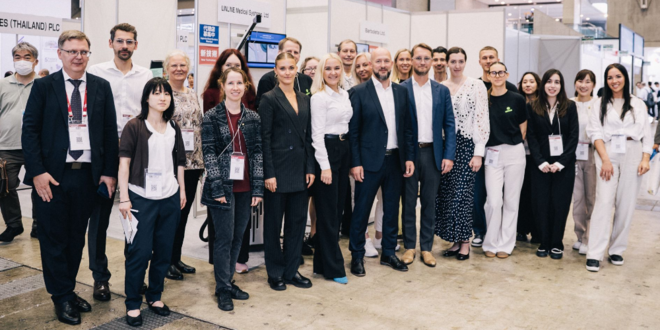
 06.10.2025
06.10.2025